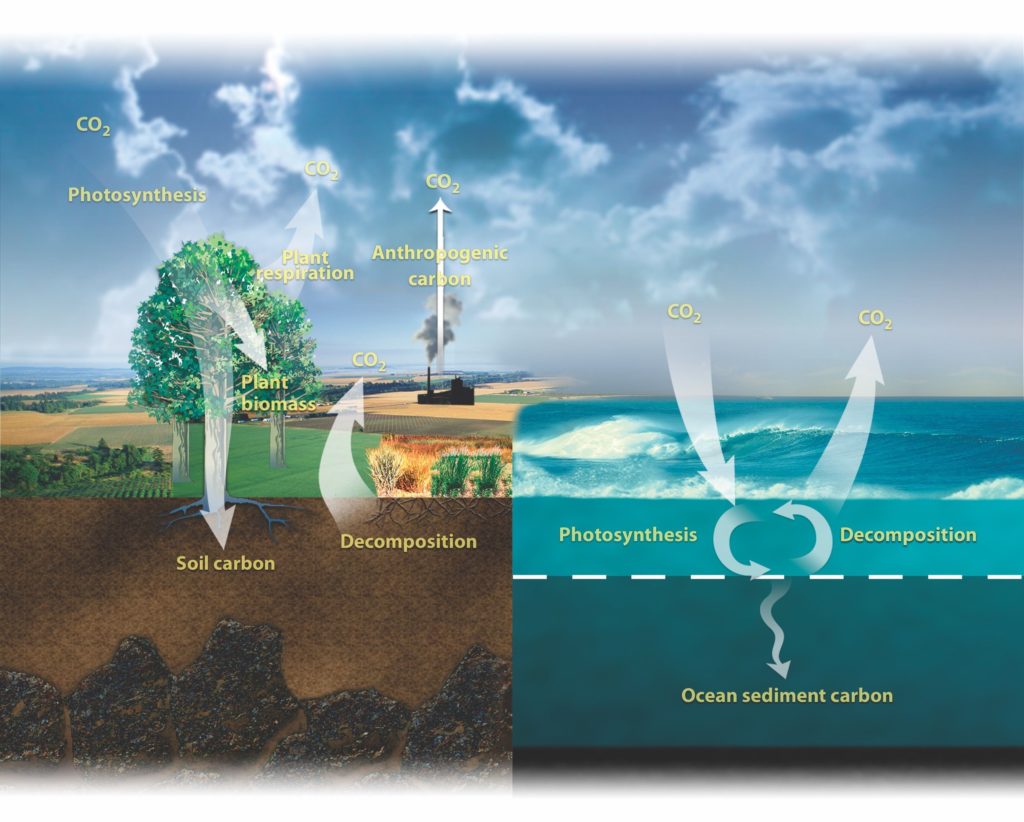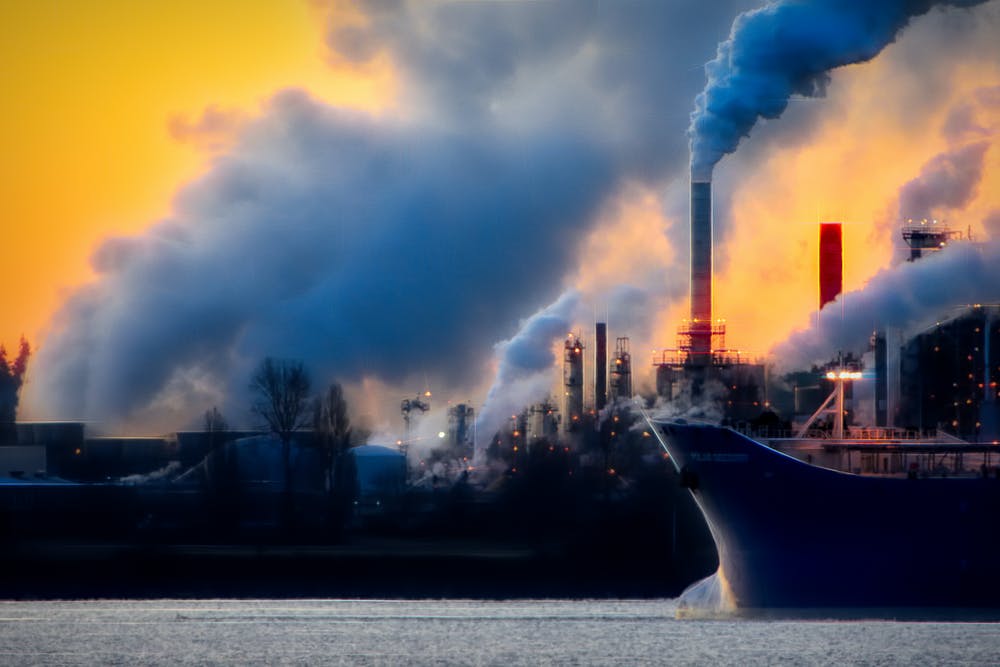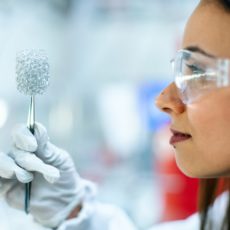
Carbon is a necessary part of all life on Earth. Every living thing contains carbon, as it’s required to form molecules like proteins, as well as being present in the ocean, rocks and, of course, our air. It’s the fourth most abundant element in the universe, and determines whether something is organic or inorganic in origin. It can be in gas form (CO2), or solid form like allotropes (graphite and diamond) and compounds (limestone or oyster shells). The bottom line is that it’s actually incredibly important! And since our planet is a completely closed system, the amount of carbon in our environment does not change.
When carbon moves around it takes some of these above mentioned different forms, and this is called the Carbon Cycle. And like the element itself, this cycle is an absolute necessity because this is allows for the recycling and reusing of the limited number of carbon atoms available in our closed Earth environment.
Most carbon is stored in reservoirs, like the ocean, geological formations, plants, and the atmosphere. The movement of carbon out of one reservoir places it into another. There are two natural Carbon Cycles – one is slow and one is fast. The slow carbon cycle moves between 1013 -1014 grams (10-100 trillion metric tons) of carbon every year. The fast cycle on the other hand moves a much greater sum: 1016 – 1017 grams (10-100 quadrillion metric tons) of carbon each year. Compare this to the human emissions of carbon into the atmosphere – about 1015 grams (1 quadrillion metric tons) per year. We’re going to focus on the fast carbon cycle. Don’t be confused by the word ‘fast’ here – it takes one lifespan (10 to hundreds of years), where the slow (Geological) carbon cycle takes 100-200 million years to play out.
The carbon cycle starts with Photosynthesis. This is the production of sugars and oxygen when plants, algae, bacteria, and phytoplankton absorb carbon dioxide in the presence of sunlight. The plants et al use the sugars to grow. And the oxygen is released, some of which being used by animal life for breathing. It’s this part of the carbon cycle which is heavily affected during the northern hemisphere winter – when fewer plants are able to photosynthesize, but the next process, respiration, continues – leading to higher atmospheric carbon concentrations.

Cellular Respiration is the release of the carbon dioxide back into the atmosphere – it’s the reverse of photosynthesis. The metabolism of the sugars for energy production then turns them back into carbon dioxide. This happens when animal life ingests the plants; when the plant and phytoplankton dies, and decays; or when fire consumes the plants. Carbon can then be deposited into the soil. If decomposers break down dead organisms and waste products, carbon dioxide is released into the atmosphere.
So what does all this have to do with climate change? Because carbon dioxide is a very long lasting, and therefore damaging, greenhouse gas, it has rather a lot to do with it. We need GHGs and the greenhouse effect – without them, our planet would be a frigid -18 F. And nature had been keeping the carbon cycle in check, meaning the greenhouse effect was doing what it should and not getting carried away by excessive GHGs. Of course there had been peaks and troughs, but nothing too outside of the norm. Optimal temperature for maintaining life on Earth was being achieved.

And then: Industrial Revolution. The carbon dioxide being released into the atmosphere from burning fossil fuels was happening at a far greater rate than the various carbon reservoirs could capture it. But it’s not fair to blame only fossil fuel energy production, as deforestation played a big part, too. But it is fair to say that the speed at which we were pumping it out from fossil fuel energy production was frightening. And of course global warming isn’t the only impact from excess carbon dioxide – we wrote a short time ago about the ocean acidification caused by the waters being so enthusiastically absorbing carbon dioxide, which is leading to devastation for marine creatures and coral as well as the ability for the phytoplankton to photosynthesize.
Carbon is absolutely essential for life. But there must be balance with regards to how much of it is in each carbon store. With our atmospheric carbon levels only going in the one direction – up – the wrong direction – we are rapidly tipping the scales and losing balance, which we cannot easily regain.



